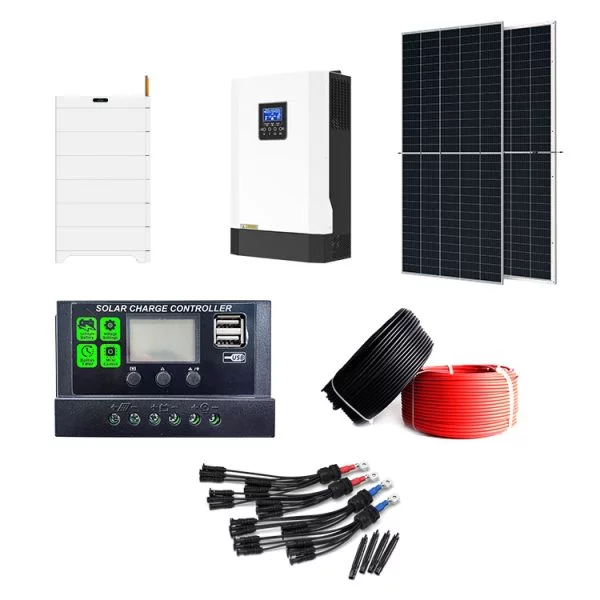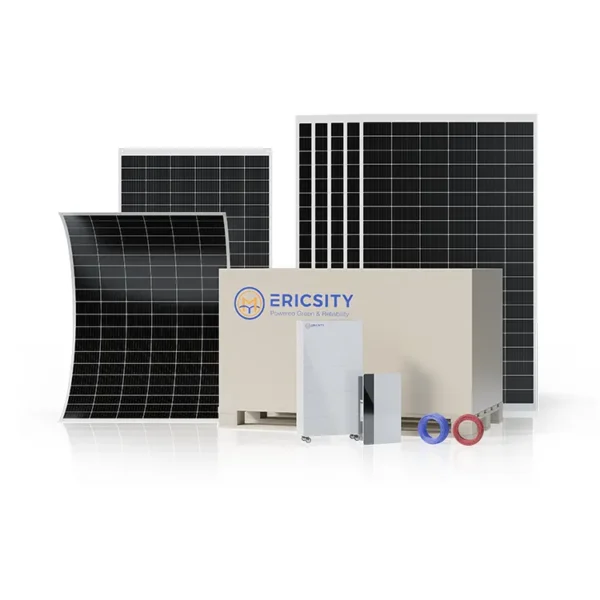HOT PRODUCT
Product Details
The Science Behind Foldable Solar Plates: How They Work
Title: The Science Behind Foldable Solar Plates: How They Work
Introduction:
Solar energy is an abundant and renewable source of power that has gained significant traction in recent years. With advancements in technology, a new innovation has emerged — foldable solar panels or plates. These compact and portable devices have opened new possibilities for harnessing solar energy in various applications, beyond traditional fixed installations. In this article, we will explore the science behind foldable solar plates and understand how they work.
1. Photovoltaic Technology:
Foldable solar plates utilize photovoltaic (PV) technology to convert sunlight into usable electrical energy. This technology involves the use of solar cells, typically made of silicon. When sunlight strikes these cells, it triggers a series of chemical reactions that generate electricity.
2. Solar Cell Structure:
The basic unit of a solar cell is a thin semiconductor wafer, typically made of silicon. This wafer is divided into two layers: the p-type layer, which consists of silicon atoms with extra valence electrons, and the n-type layer, which contains silicon atoms with fewer valence electrons. This imbalance creates an electric field at the junction between the two layers, known as the p-n junction.
3. The Photovoltaic Effect:
When photons from sunlight strike the surface of a solar cell, they transfer their energy to the electrons in the silicon atoms. This energy allows the bound electrons to break free, creating free electrons and positively charged holes in the p-n junction. The electric field at the junction then separates these charges, directing the electrons towards the n-type layer and the holes towards the p-type layer. This movement of charges creates an electric current, which can be harnessed for various applications.
4. Foldable Solar Plate Design:
Foldable solar plates are designed to maximize solar energy absorption while offering portability and versatility. They typically consist of multiple interconnected solar cells arranged in a flexible and foldable material, such as thin-film solar panels. This flexible construction allows the panels to be easily folded and unfolded, making them highly portable and adaptable for different environments.

5. Energy Conversion and Storage:
Foldable solar plates are connected to charge controllers or power banks, which regulate the electrical current produced by the solar cells. Charge controllers protect the battery or electronic device from overcharging and ensure efficient energy transfer. Power banks store the energy generated by the solar cells for later use, allowing users to power their devices even when sunlight is not available.

6. Efficiency and Optimal Orientation:
The efficiency of foldable solar plates depends on various factors, including the quality of the solar cells, intensity and angle of incident sunlight, as well as temperature. Proper orientation towards the sun and keeping the panels clean from dust and debris are essential for maximizing efficiency. Technologies like solar tracking systems can be incorporated to optimize sun exposure throughout the day.
7. Applications and Advantages:
Foldable solar plates find practical applications in diverse scenarios. They are commonly used for outdoor activities like camping, hiking, and boating, where access to traditional power sources is limited. These portable solar panels are also utilized in emergency situations, providing a reliable source of electricity for charging electronic devices or powering medical equipment. Additionally, they serve as an effective solution for off-grid installations, including remote cabins, recreational vehicles, and temporary work sites.
Conclusion:
Foldable solar plates offer a compact and versatile solution for harnessing solar energy on the go. By utilizing photovoltaic technology, these portable devices convert sunlight into electrical energy through the photovoltaic effect. With their flexibility, durability, and ability to fold and unfold easily, foldable solar plates have opened up new possibilities for capturing solar energy in various applications, making clean and renewable power accessible in diverse settings.




